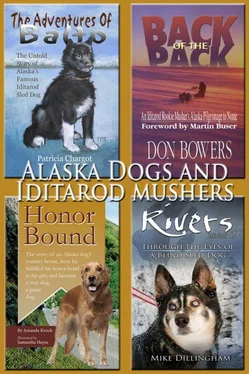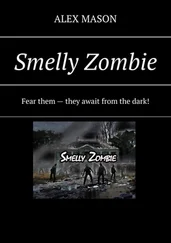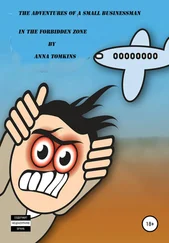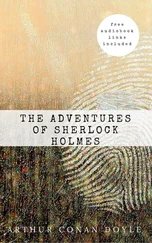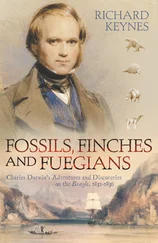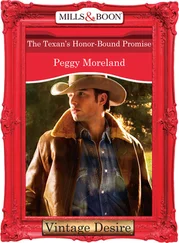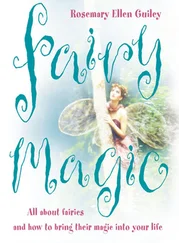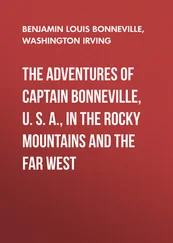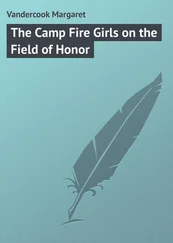Chapter Thirteen
The End of the Trail
By the 1920s, dime museums were no longer a dime a dozen in the United States. Like Vaudeville, their day was over. But unlike Vaudeville, whose passing is still lamented, the death of dime museums today is considered a good thing.
Most dime museums were “freak shows,” a term for cruel exhibits that featured people with physical deformities or abnormalities: women with beards or terrible skin disorders; men with excessive hair on their faces and bodies; people who were extremely short or tall; very, very fat people; people so skinny they looked like human skeletons; Siamese twins, or two people joined together at birth; albinos, or people whose hair and skin were milky white because they lacked the pigment that creates color; people with extra limbs or no arms or legs at all; even children with humps on their backs who couldn’t stand and had to crawl.
Such “human oddities,” as they were shamefully advertised, were given names like “elephant girl,” “green alligator boy,” “the human ostrich” and “half man-half monkey.”
Today, it’s hard to imagine that dime museums ever existed — or that Balto, Fox, Alaska Slim, Billy, Sye, Old Moctoc and Tillie could have ended up in one. But they did — unbeknownst to their millions of fans around the world.
The faithful dogs had done nothing but help humans in every way they could. They had helped Kaasen carry serum to Nome, helped save the lives of the city’s children, helped Lesser make a movie, helped countless Vaudeville theater owners make money, helped Roth create a prize-winning statue. In every case, they had done their best, putting their big husky hearts into the job at hand.
Now, they were being discarded like so many rusted out sleds. What else are we to think about the sad conditions in which the dogs now found themselves?
The dime museum had seen happier days, too. Like many such “museums” in the 1920s, it had once been a nickelodeon, one of the country’s first movie theaters. (Lesser, you may recall, had worked in his father’s nickelodeon as a boy.)
“Nickelodeon Madness” swept the country in 1905, when thousands of the tiny theaters opened. They were mostly converted stores, with only 50 to 100 plain wooden chairs. Short films — each only a few minutes long — were projected onto a sheet of white canvas. The stories were simple and action-oriented: chase scenes, bank robberies, three-alarm fires, boxing matches.
Kids loved nickelodeons, though some adults spoke out against them, saying they taught boys how to be bandits and girls how to kiss! The theaters were open from 10 a.m. to midnight, with three or four films running continuously with short intermissions. For a nickel, you could stay as long as you liked, cheering for the good guys, booing the bad guys and shouting made-up dialogue with your friends.
It was okay to talk and make noise because the films were silent — you couldn’t hear the actors speak because the technology hadn’t yet been invented. So the nickelodeons were like parties, sometimes with ice cream and peanuts. At intermission, the audience sang songs like Take Me Out to the Ball Game . Some nickelodeons had piano players or player pianos, mechanical devices that played themselves as if they were being played by ghosts.
But by 1915, “Nickel Madness” was over. The nickelodeons disappeared almost as quickly as they had opened. Small and poorly ventilated, they were driven out of business by bigger theaters that showed longer, more interesting silent films.
By 1927, the Los Angeles dime museum that had featured the famous dogs from the serum run was a mere ghost of its former fun-filled self. It was impossible to imagine children’s laughter or anyone having a good time in the place, let alone seven Siberian huskies with thick fur and a craving for fresh air and freezing temperatures.
The dogs were visibly suffering — panting non-stop, which is how dogs sweat, and drifting in and out of dark dreams. If dogs feel the same emotions we do — as some scientists now believe — every member of the once-happy dog team was listlessly depressed. And as the team’s leader, Balto was the most depressed of all. Would they ever be able to run and play again? Would they ever get out of this forlorn place?
They were not the first brave huskies to give their all to humans only to be discarded. Seppala’s boyhood hero, Fridtjof Nansen, had used 30 huskies to haul supplies on his grueling but unsuccessful attempt to reach the North Pole — and killed them one by one for dog food.
“We wear our dogs to shreds, like articles of clothing,” Hjal-mar Johansen, Nansen’s companion on the journey, wrote in his diary. Nansen and Johansen had to shoot the last two huskies, Thug and Caiaphas, near the end of their trip when they set out in kayaks to finally reach land. The dogs’ additional weight might have toppled the craft, and leaving them behind would have sentenced them to an even crueler fate — starvation.
Amundsen, too, had used huskies to win the South Pole. But of 52 dogs, only 18 survived the trip. After estimating how much food each man and dog would need, Amundsen decided it was too much, that hauling so much food would slow down the dogs, which could threaten the trip’s success and even the lives of his men. To lighten the load, Amundsen changed his nutrition plan: Some of the dogs would be eaten — as dog food and food for the men. When Amundsen later was criticized by animal rights groups, he said, simply: “You slaughter beef cattle for food. We used dogs.”
Balto hadn’t been eaten, but he and the other dogs had been used — and discarded. Who would not agree?
Balto lay his head on his snow-white paws. Overcome by a sadness deeper than the deepest snowdrift, he sank into a paralysis of uncaring — about either himself or the other dogs. Following Balto’s lead, as always, Fox, Alaska Slim, Billy, Sye, Old Moctoc and Tillie soon sank into the terrible emotional quicksand, too.
The dogs drifted into a no-dog’s-land of near-wakefulness, not-quite-sleeping. It was torpor, a state of semi-hibernation. But unlike animals that are meant to hibernate — and dogs are not — the huskies were not conserving energy and consuming their own body fat to get them through winter. Their life-force — their very will to live — was draining away. It was their darkest hour, the point at which living becomes dying if no medicine or miracle intervenes. The dogs were so beaten down that they barely looked up when a man walked into the dime museum.
Chapter Fourteen
The Rescue
George Kimble had a heart as big as Antarctica. Short and bald, the Cleveland businessman had been a boxer in his youth in Brooklyn, New York. Boxing — and life in the working-class borough across the bridge from upscale Manhattan — had made him tough and street-smart. But it was his big heart that had made him a success.
Kimble was a sheet metal contractor. He traveled around the country selling tons of metal sheets to factories to build things like cars, appliances and shelving. He was good at it because he knew his market and because he liked people. He liked to meet new people; he had a good time visiting with them in their offices and taking them out to lunch.
Kimble liked animals, too. He never walked by a dog without stooping to pet it and whisper a few kind words. He treated all living things with respect, even when he was angry or frustrated. And Kimble was plenty angry when he chanced upon the dime museum one afternoon in February, 1927. He was in Los Angeles on business and happened to be walking through the city’s seedy entertainment district.
Looking up, he saw the word “MUSEUM” plastered in letters so big he could have read them from a block away. Underneath “MUSEUM,” were crude, hand-lettered signs that read: “Big Act,” “All Alive!” But it was a small black-and-white photograph in the dirty window that caught Kimble’s eye.
Читать дальше
